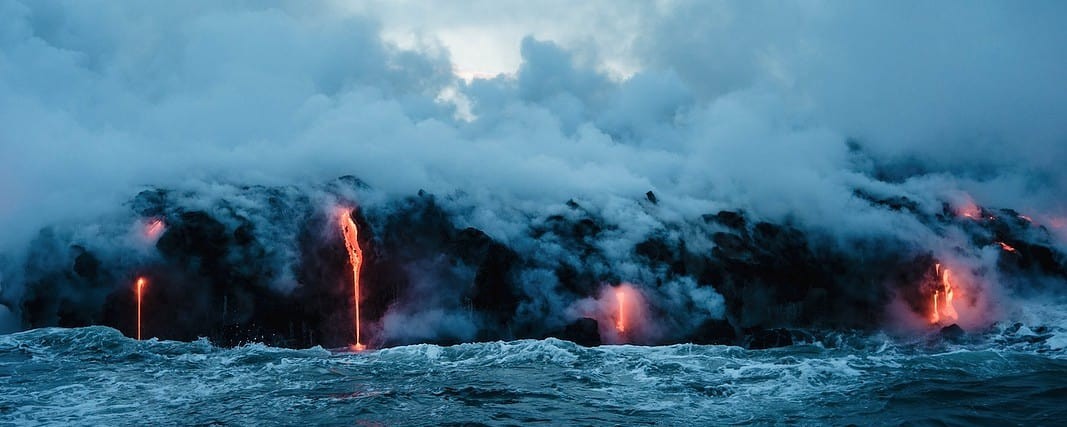New findings from the record-breaking Tongan volcanic eruption are “surprising and unexpected,” according to scientists from New Zealand’s National Institute for Water and Atmospheric Research (NIWA).
NIWA’s research vessel, RV Tangaroa, recently got back from a month-long expedition as part of The Nippon Foundation-funded Tonga Eruption Seabed Mapping Project (TESMaP), where scientists were researching the effects of January’s eruption of Hunga Tonga–Hunga Ha’apai (HT–HH).
Due to the power of the explosion, researchers expected to find dramatic changes to the volcano, but instead found it largely intact.
NIWA mapped 22,000 square kilometers/8,494 square miles of the surrounding seafloor, which showed changes covering an area of 8,000 square kilometers/3,088 square miles.
NIWA scientists recorded up to seven cubic kilometers/1.68 cubic miles of displaced material – the equivalent of five Wellington Harbors or 3 million Olympic-sized swimming pools – but there is likely more yet to be seen. Tonga’s domestic internet cable that was broken and cut off communication is buried under 30 meters/98 feet of ash and sediment.
NIWA marine geologist and Seabed 2030 Center Head Kevin Mackay, who led the expedition, was taken aback by what was first seen:
“With an explosion that violent – the biggest ever recorded – you would expect that the whole volcano would have been obliterated, but it wasn’t. While the volcano appeared intact, the seafloor showed some dramatic effects from the eruption. There is fine sandy mud and deep ash ripples as far as 50 kilometers away from the volcano, with gouged valleys and huge piles of sediment.”
The team also studied impacts on the ecosystem. While the volcano doesn’t have any biology, features as close as 15 kilometers (9.32 miles) away still have diverse populations of fish and other animals. Scientists speculate that they escaped impact by being out of the eruption flow’s pathway, or far enough away to avoid thick ash fall.
For more info, go to niwa.co.nz.

